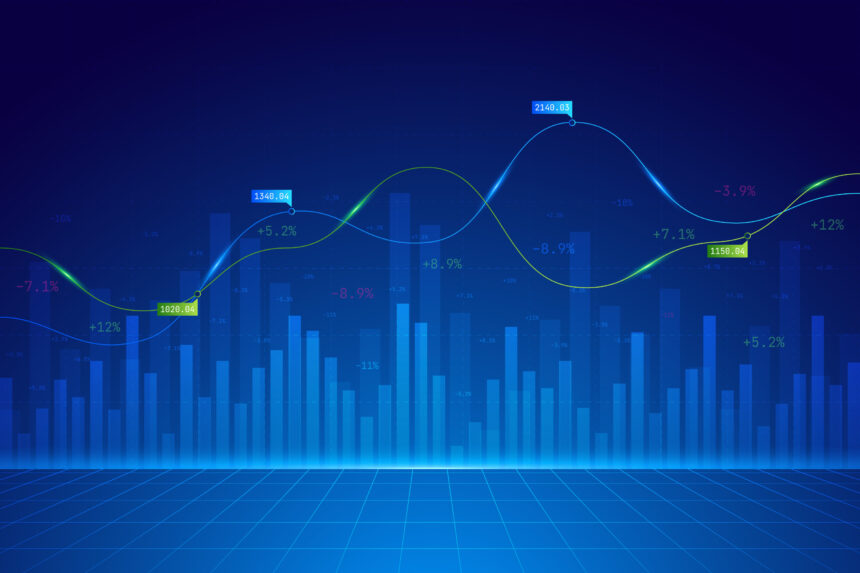Forex trading, also known as foreign exchange trading, involves buying and selling currencies in the global marketplace. One of the crucial factors that drive currency movements is the relationship between forex trading and commodity currencies. Commodity currencies, also referred to as commodity-linked currencies, are those currencies that are strongly influenced by the prices of commodities such as oil, gold, and agricultural products. Understanding the relationship between forex trading and commodity currencies is essential for forex traders looking to make informed decisions in the market.
Commodity currencies are typically associated with countries that are major exporters of commodities. Some of the most common commodity currencies include the Australian Dollar (AUD), Canadian Dollar (CAD), New Zealand Dollar (NZD), and Norwegian Krone (NOK). These currencies tend to move in tandem with commodity prices due to the economic significance of commodity exports for these countries. Let’s delve deeper into the relationship between forex trading and commodity currencies:
- Commodity Price Influence: Commodity currencies are highly sensitive to changes in commodity prices. When commodity prices rise, the currencies of commodity-exporting countries tend to strengthen, as higher prices lead to increased export revenues and improved economic prospects. Conversely, when commodity prices fall, these currencies often weaken due to reduced export revenues and economic uncertainty.
- Economic Factors: Commodity currencies are closely tied to the economic conditions of the countries they represent. For example, the Australian Dollar is influenced by factors such as the performance of the mining industry, agricultural production, and China’s demand for commodities. Similarly, the Canadian Dollar is affected by oil prices and the health of the energy sector. Traders need to monitor relevant economic indicators and news releases to gauge the potential impact on commodity currencies.
- Risk Appetite and Safe-Haven Status: Commodity currencies are considered riskier assets due to their correlation with commodity prices. When global risk sentiment is positive, investors are more likely to invest in commodities, boosting commodity prices and strengthening commodity currencies. On the other hand, during times of economic uncertainty or market turbulence, investors tend to seek safe-haven assets such as the US Dollar (USD) or Japanese Yen (JPY), leading to a decline in commodity currencies.
- Correlation with Commodity Prices: Forex traders need to be aware of the correlation between commodity currencies and specific commodities. For instance, the Canadian Dollar has a strong correlation with oil prices since Canada is a major oil exporter. Similarly, the Australian Dollar is influenced by gold prices due to Australia’s significant gold mining industry. By understanding these correlations, traders can make more accurate predictions about currency movements.
- Intermarket Analysis: Forex traders should consider incorporating intermarket analysis into their trading strategies when dealing with commodity currencies. Intermarket analysis involves analyzing the relationships between different financial markets, including currencies, commodities, bonds, and stocks. By understanding how changes in one market impact another, traders can gain insights into potential currency movements related to commodity price fluctuations.
To successfully trade commodity currencies, forex traders need to keep a close eye on commodity markets and stay informed about economic factors affecting commodity-exporting countries. They should also analyze relevant technical indicators and utilize risk management strategies to mitigate potential losses.
In conclusion, the relationship between forex trading and commodity currencies is undeniable. Commodity currencies exhibit a strong connection to commodity prices and the economic conditions of commodity-exporting countries. Understanding this relationship is vital for forex traders, as it can help them anticipate currency movements and make more informed trading decisions. By staying informed and conducting thorough analysis, traders can navigate the complex interplay between forex trading and commodity currencies to increase their chances of success in the dynamic world of forex markets.










